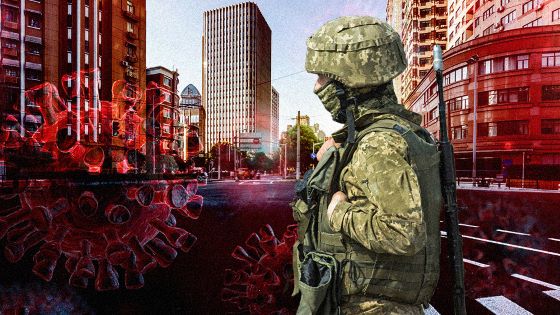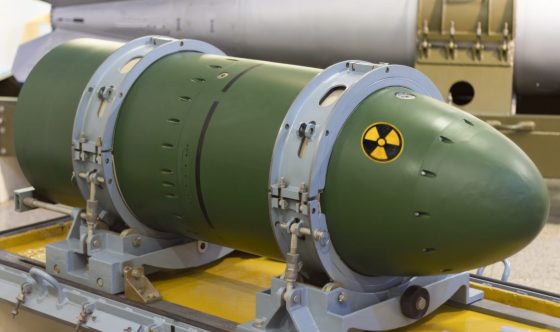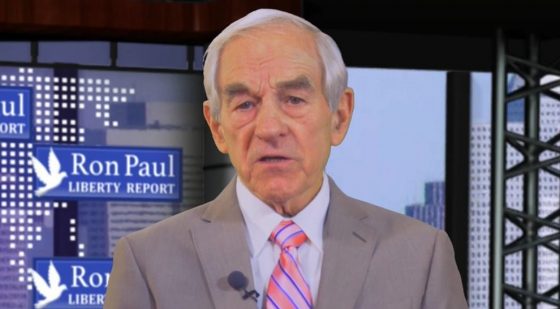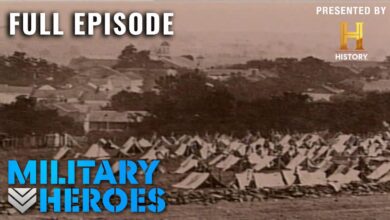Anthrax Survivor! Dr. Nina Cerfolio’s Life Journey
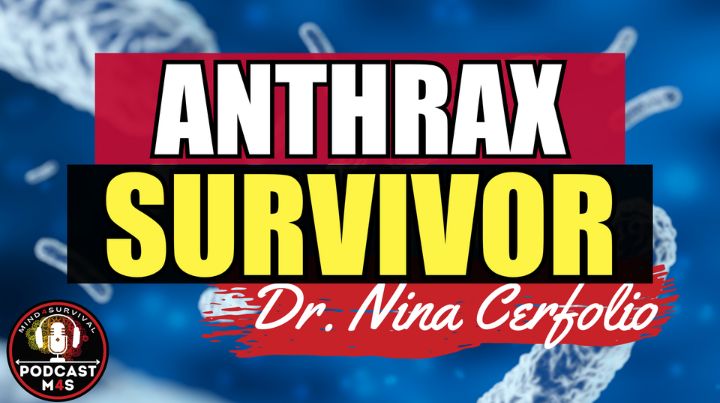
Podcast: Play in new window | Download
Dr. Nina Cerfolio’s journey to Chechnya during the Second Chechen War to help children affected by the conflict took a dangerous turn when she was poisoned with anthrax by someone posing as a journalist, who was actually a KGB agent. Since then, Dr. Cerfolio has found herself on a healing journey, both from the physical effects of the man-made anthrax and a lifetime of emotional trauma.
The KGB Assassination Attempt with Anthrax
Dr. Nina Cerfolio’s commitment to humanitarian efforts led her to volunteer for a medical mission in Chechnya during the Second Chechen War, aiming to provide aid and establish a running club for war-affected children. Unfortunately, her noble intentions were met with lethal opposition when she encountered a man posing as a sports journalist, who was, in fact, a KGB agent with an agenda. This encounter and his poisoning her with man-made anthrax marked the beginning of a traumatic ordeal for Dr. Cerfolios.
(Be sure to check out Dr. Nina’s Book Desire for Destruction!)
The Onset of Symptoms and Diagnosis Challenges
Shortly after her poisoning at the hands of the KGB, Dr. Cerfolio began experiencing severe, flu-like symptoms that rapidly escalated, leaving her bedridden and fighting for her life. Her condition, marked by symptoms such as projectile vomiting of blood and extreme fatigue, was alarmingly at odds with her otherwise healthy and active lifestyle. The medical community was initially baffled by her condition, struggling to diagnose her accurately. It was only through non-traditional diagnostic methods that the presence of man-made anthrax, a sophisticated and elusive weapon used by state actors, was confirmed.
(Here is the link to Dr. Nina’s Website)
Dr. Nina Cerfolio and Her Long Road to Recovery From Anthrax
Dr. Cerfolio’s recovery from anthrax poisoning was a long and difficult journey, full of physical and psychological challenges. The poisoning inflicted long-lasting damage, manifesting in chronic conditions and newfound food allergies. Her path to recovery was not just about overcoming the physical remnants of the poison but also entailed a deep psychological struggle.
Embracing Vulnerability and Transformation
The ordeal brought about an unexpected transformation in Dr. Cerfolio, compelling her to embrace her vulnerabilities and adopt a more holistic and spiritual approach in her psychiatric practice. This shift allowed her to forge deeper connections and assist her patients in overcoming their challenges. Dr. Cerfolio’s story is a testament to the resilience of the human spirit and the profound growth that can emerge from the depths of adversity, serving as a keen reminder of the unforeseen dangers that lurk in unsuspecting places and the tremendous strength that lies within us to overcome them.
Navigating Emotional Trauma and Its Complexities

Emotional trauma presents a formidable challenge that goes beyond the physical, embedding itself deep within the psyche and manifesting physically within the brain’s structures, particularly the amygdala. Traumatic memories, stored without context, can trigger overwhelming and disorienting flashbacks from seemingly mundane stimuli, effectively disrupting the individual’s present reality. This intricate interplay between psychological distress and physiological responses underlines the unpredictable and extensive nature of emotional trauma, making it a mental adversary that undermines the well-being of even the most prepared individuals.
The Physical and Psychological Journey of Healing
The journey to overcome trauma involves more than just mental resilience—it also encompasses physical symptoms such as panic attacks and severe anxiety, extending the battle beyond the confines of the mind. Healing from trauma is similar to piecing together a shattered glass, requiring the individual to confront and integrate each fragment back into their life narrative. This process of reassociation and recontextualization makes possible a transformation, enabling the development of a deeper connection with ourselves and others.
The Prepper’s Dilemma: Balancing Preparedness with Emotional Well-Being
Within the prepping community, the drive to protect and prepare often stems from personal experiences of trauma and worry, with readiness serving as a means to address unprocessed emotional wounds. This paradox highlights a critical aspect of preparedness that extends beyond typical prepping to encompass emotional resilience. As such, acknowledging and confronting internal traumas allows us to pursue a more holistic form of preparedness, redefining readiness to include emotional well-being alongside physical survival skills and supplies.
How to Reduce Violence
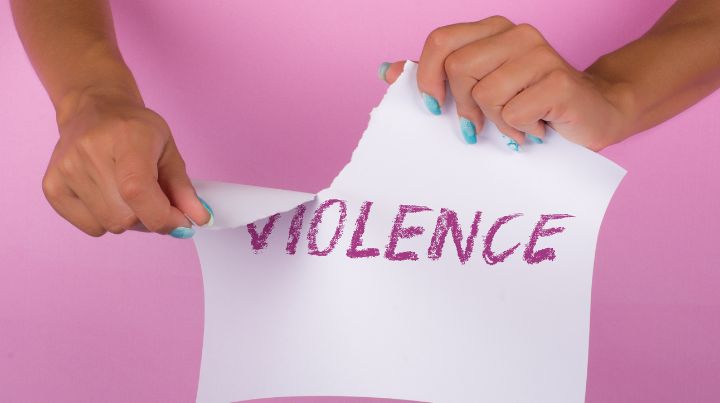
In the prepping community, the focus often lies on preparing for emergencies through stockpiling and skill-building. However, the rising violence in society presents a challenge that extends beyond individual readiness. This issue demands a holistic approach, recognizing that violence stems not only from immediate threats but also from deeper societal issues such as mental health struggles, social isolation, and environmental stressors.
Community Engagement and Mental Health
To address violence, engaging with the community, fostering solid connections, and creating an environment where everyone looks out for one another is essential. Mental health awareness plays a crucial role, as recognizing and addressing mental health issues can prevent violent incidents. Creating safe places for people to discuss and seek help for their mental health concerns can also reduce the stigma and potentially violent outcomes.
Education, Empathy, and Resource Access
Education and empathy are powerful tools against violence. By understanding and showing compassion towards others, we can dissolve tensions and prevent conflicts. Community workshops and ensuring access to essential resources for all community members, including mental health services, food, and education, strengthen a community’s foundation.
Early Intervention and Promoting Wellness
Early intervention, particularly with youth, is critical to preventing future violence. Engaging young people in positive activities, mentorship programs, and educational opportunities can guide them away from harmful paths and towards personal growth and confidence. Promoting mental Wellness through regular wellness events, group activities, and open dialogues about mental health can create a supportive and safe community environment for the potential perpetrators of violence and their victims.
Grace and Empathy

While physical resources like stockpiles and survival techniques are often emphasized in the preparedness community, the intangible qualities of grace and empathy emerge as vital components of resilience and relationship building. These virtues enhance personal well-being and strengthen relationship bonds, making them indispensable in everyday life and challenging times.
The Essence of Grace and Empathy
Grace represents a strength that enables individuals to face adversity with dignity, promoting kindness and understanding for themselves and others. Empathy, the ability to understand and share others’ feelings, is a bridge between individuals, fostering a deep understanding of diverse perspectives.
The Role of Grace in Personal Growth
Grace aids in navigating challenges with composure, emphasizing the importance of self-compassion and forgiveness. Through grace, individuals can cultivate resilience and a forward-moving attitude by acknowledging mistakes without harsh judgment.
Embracing Self-Compassion
Self-compassion involves treating oneself with the same kindness and understanding one would offer a friend, recognizing that self-criticism is counterproductive, and embracing a more forgiving approach.
Resilience Through Forgiveness
Forgiveness of oneself and others is pivotal in letting go of grudges, regrets, and beating ourselves up—thereby freeing energy for constructive purposes and enhancing personal growth.
Empathy: Understanding and Connecting with Others
Empathy is crucial for building cohesive relationships, especially in times of crisis. It entails active listening, empathy, and genuine care, strengthening teamwork and mutual agreement.
Building Bridges
Empathy involves actively listening and understanding others’ viewpoints, fostering effective collaboration and problem-solving in challenging situations.
The Power of Connection
The bonds forged through empathy can provide significant support during hardships, highlighting the importance of solidarity and mutual support.
Grace and Empathy in Leadership
Leaders who embody grace and empathy inspire trust and loyalty, creating environments conducive to open communication and collaboration. These leaders navigate challenges with compassion and value unity and mutual respect for one another.
Leading with Grace
Learning with grace involves:
- Setting a positive example.
- Showing respect for diverse opinions.
- Fostering a learning culture that encourages growth rather than fear of failure.
The Bottom Line on This Episode with Dr. Nina Cerfolio
The ordeal Dr. Nina Cerfolio went through, from the unexpected assassination attempt in Chechnya to battling and overcoming anthrax poisoning, is more than just a personal survival story. It’s a story of healing and the importance of resilience and understanding in the face of adversity. Dr. Cerfolio’s experience is a stark reminder of the fantastic power and resilience of the human spirit.
What are your thoughts on Dr Cerfolio’s episode? Tell us in the comments below!
Stay safe,


